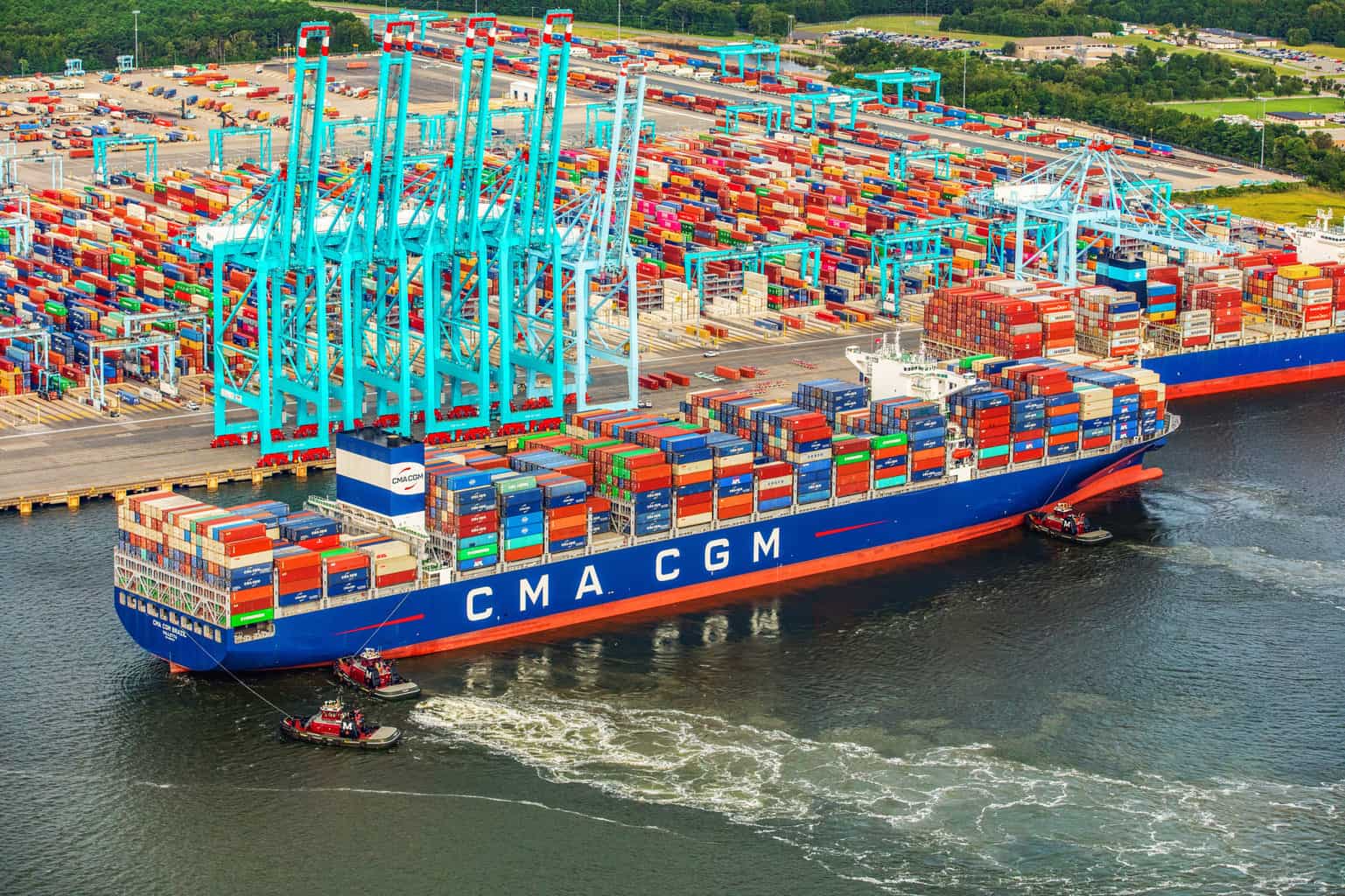It’s a historic milestone on the Chesapeake Bay: Poplar Island, which had eroded away to almost nothing in the 1990s, has officially been rebuilt using dredged materials from the Bay’s shipping channel.
The Maryland Department of Transportation Maryland Port Administration (MDOT MPA) and the U.S. Army Corps of Engineers have been working since 1998 to restore the Talbot County island just north of Tilghman.
Over these 23 years, Poplar Island has been Maryland’s primary site to reuse sediment dredged from the channels leading to the Port of Baltimore. To maintain current width and depths, MDOT MPA says nearly five million cubic yards of sediment are dredged from these channels every year—that’s enough to fill M&T Bank Stadium, where the Baltimore Ravens play, up to the brim twice.
All that sediment has allowed the port administration and the Army Corps of Engineers to restore Poplar Island to its origial 1,150-acre footprint. It is now home to hundreds of species of wildlife and waterfowl.
The final expansion stage of construction, which included adding four new wetland cells and one upland cell, was finished Jan. 20. It allows for a final addition of 575 acres with capacity for 28 million cubic yards of material. Poplar Island will continue receiving dredge sediment until 2032.
“Dredging is necessary for the Port of Baltimore to accommodate the huge ships that deliver cargo and grow our economy. The legacy of Poplar Island shows we can support both commerce and the environment if we embrace innovation and work together,” says Maryland Governor Larry Hogan.
Engineers aren’t sitting around and relaxing now that the project is complete—they are on to the next island restoration project using dredged sediment. Following the Poplar Island model, MDOT MPA and the Army Corps is in the pre-construction phase of the new Mid-Chesapeake Bay Island Ecosystem Restoration.

This project will protect and restore James and Barren islands, off of Dorchester County, and eventually replace Poplar Island as the primary target for dredged sediment from Maryland’s shipping channels.
The two islands will gain new habitat and much-needed shoreline protection. The larger James Island will have 2,072 acres restored, more than half of which are wetlands.
“Our experience working with the Army Corps of Engineers at Poplar Island gives us great optimism for what we can accomplish together at Mid-Chesapeake Bay,” MDOT Secretary Greg Slater says. “This restoration will rebuild two vanishing islands and help protect Maryland’s critical shorelines. It also demonstrates, yet again, how dredged material can be a valuable resource to support the Bay environment and the men and women working at the Port.”
Pending permits, restoration at Barren Island could begin in 2022, with James Island following in 2024. James Island will accommodate an estimated 90 million to 95 million cubic yards of dredged sediment, providing at least 30 years of capacity. Barren will accept sediment from nearby shallow-draft channels. USACE will turn the project over to the state when the habitat development is complete.
“In Maryland, we do not waste dredged material – we reuse it for coastal and island restoration and land reclamation to counter climate change,” says MDOT MPA Executive Director William P. Doyle.
-Meg Walburn Viviano




